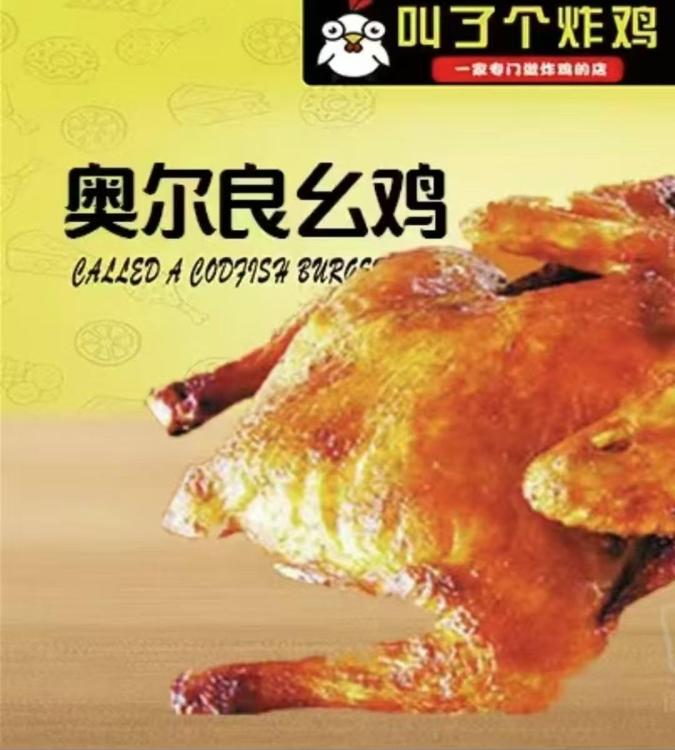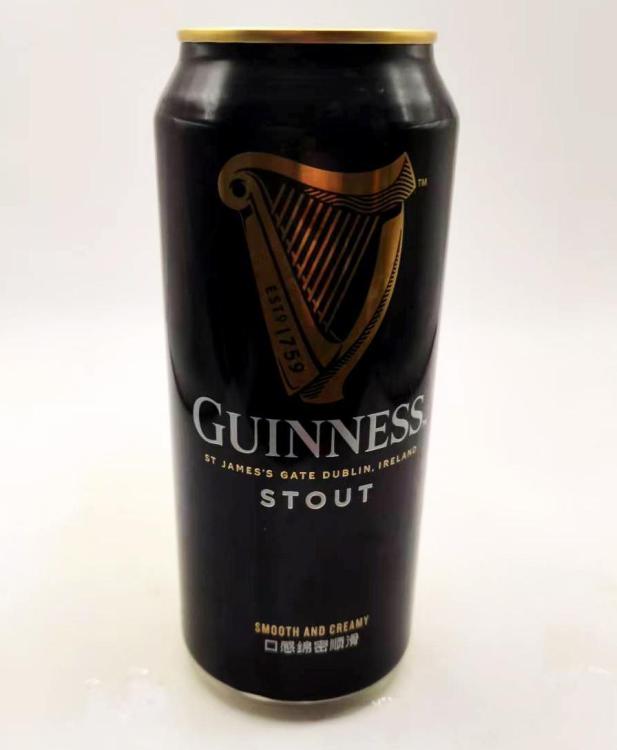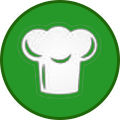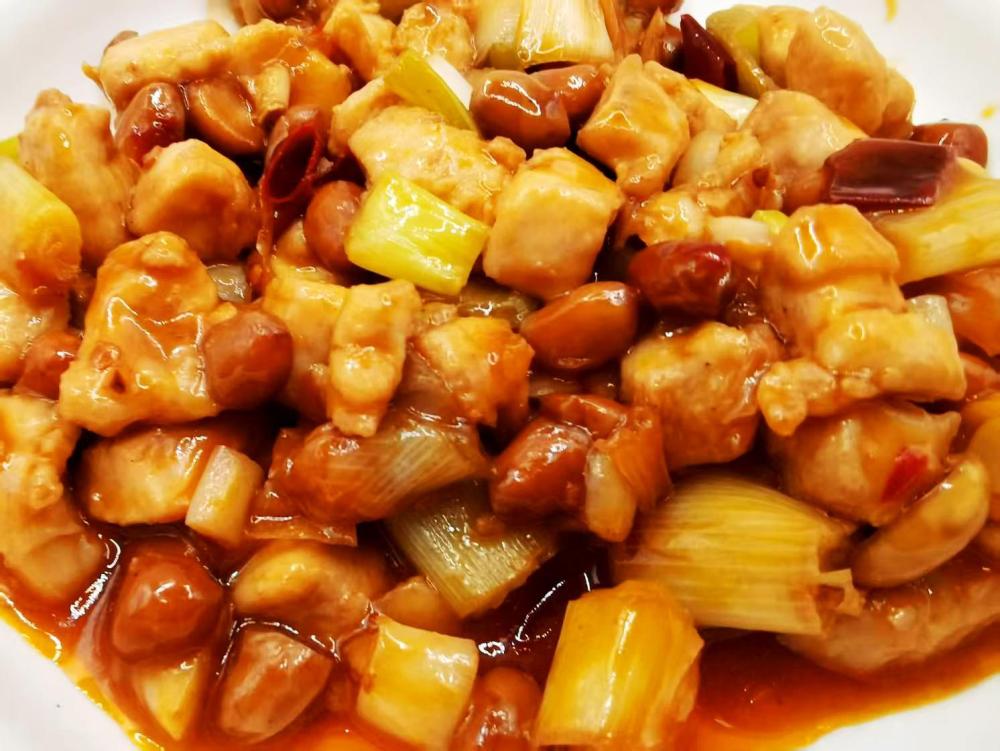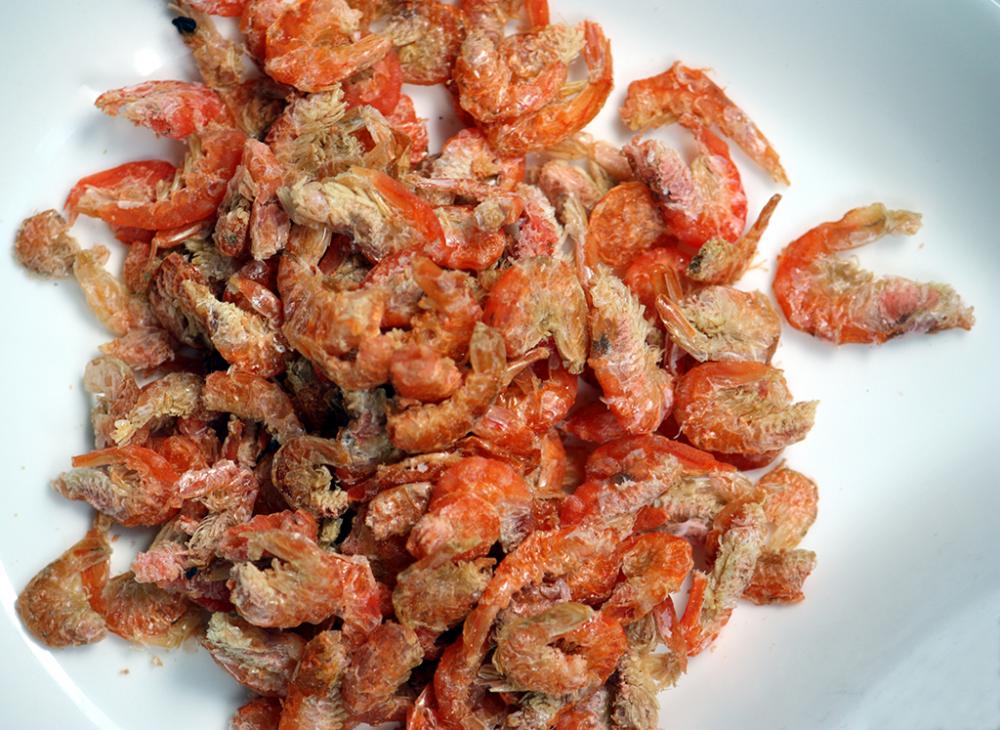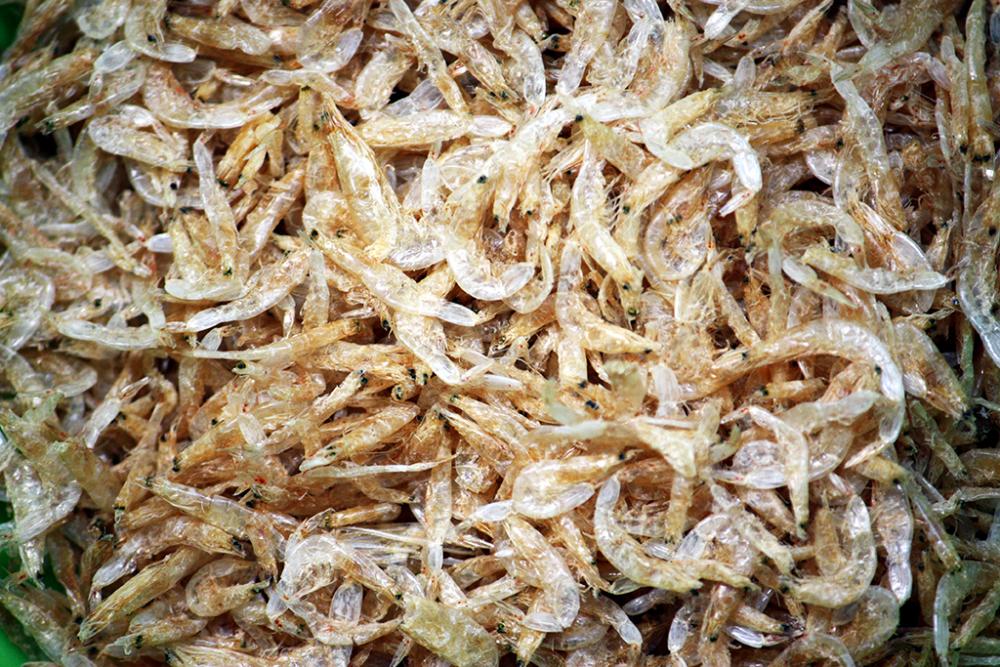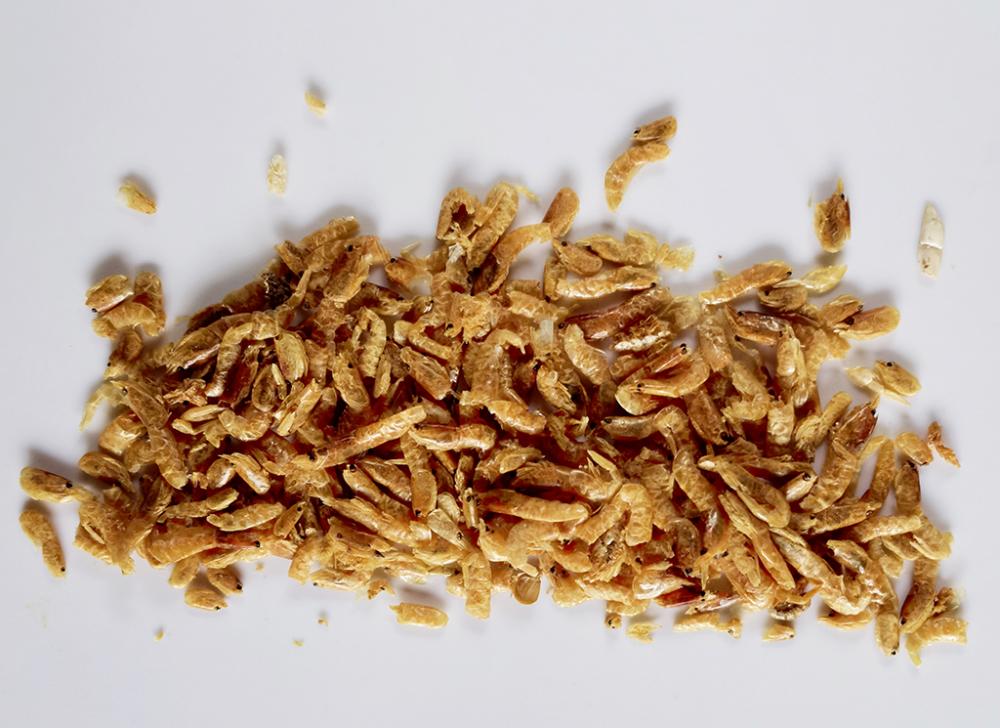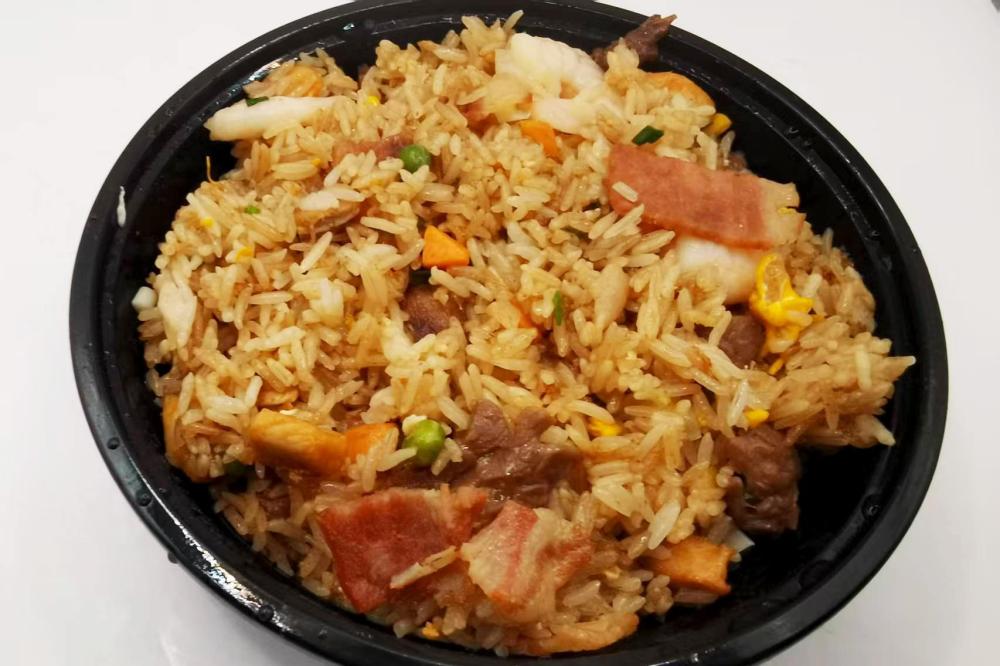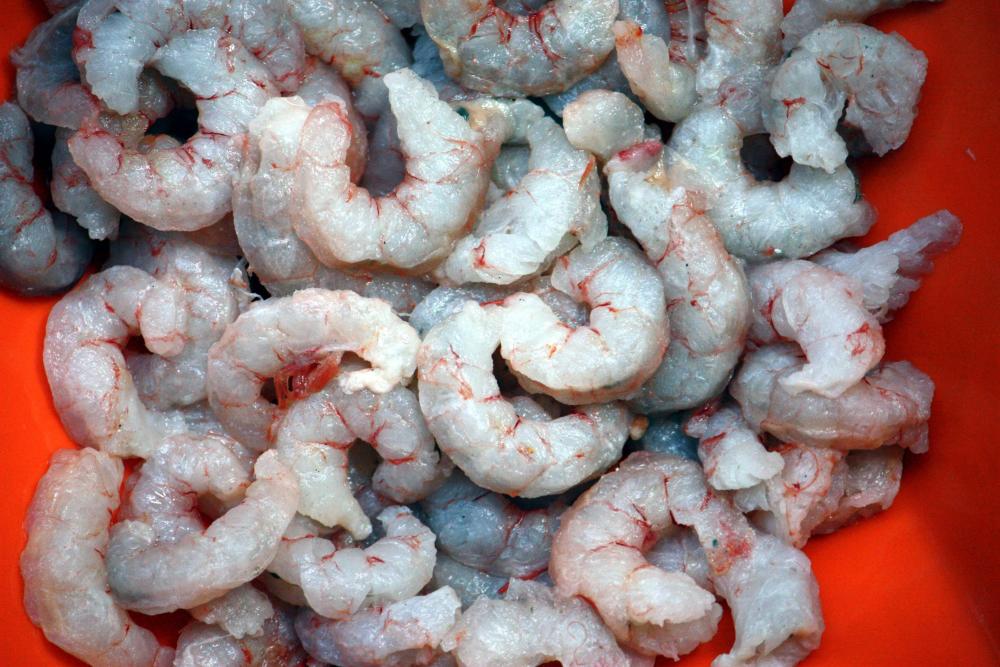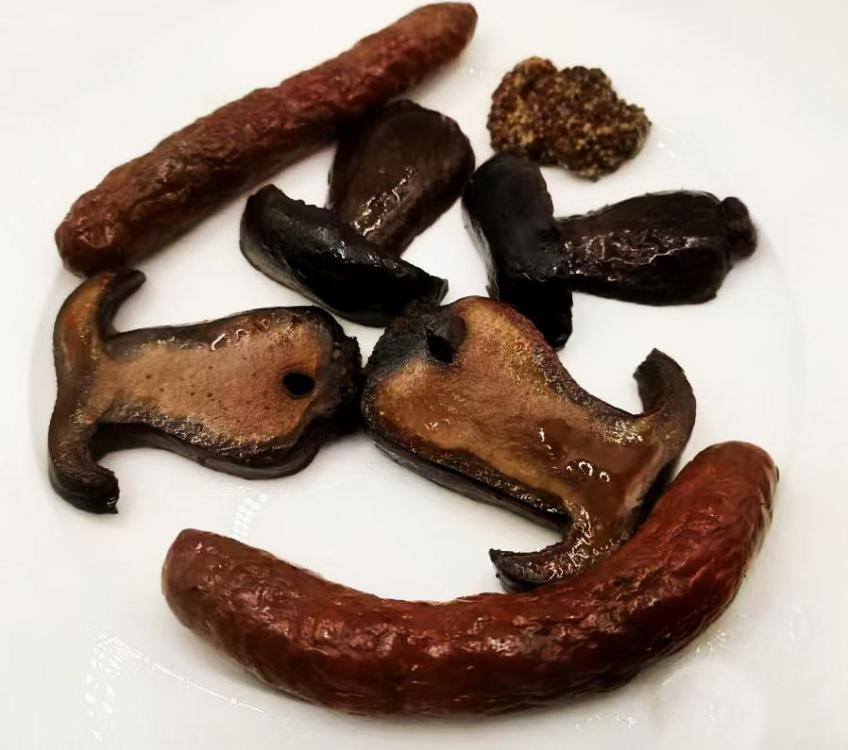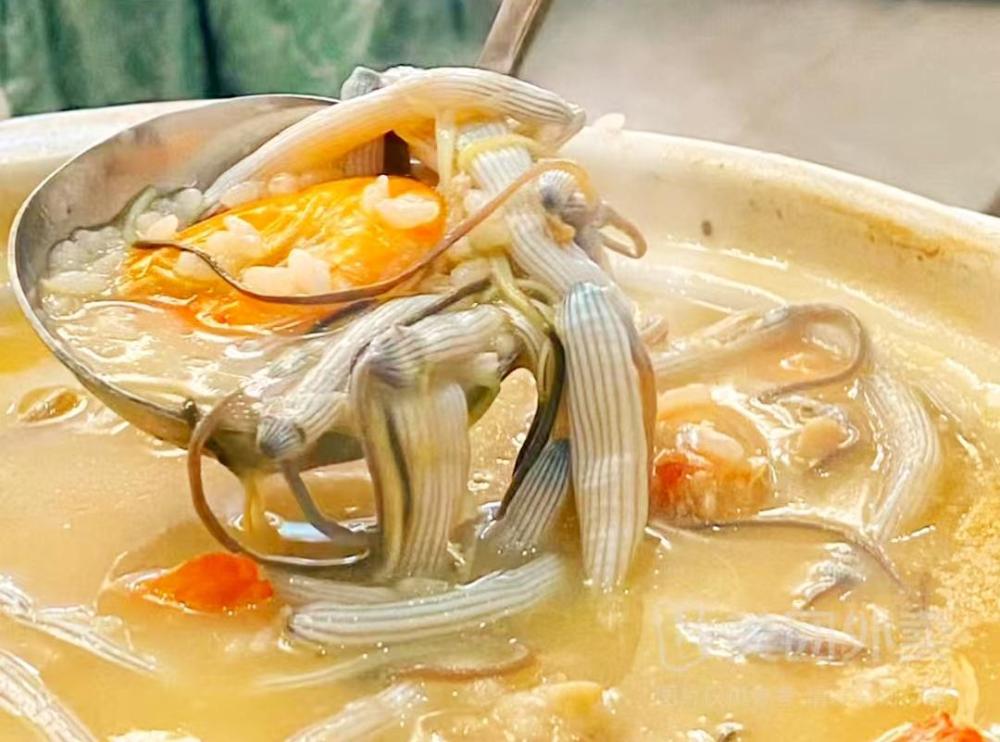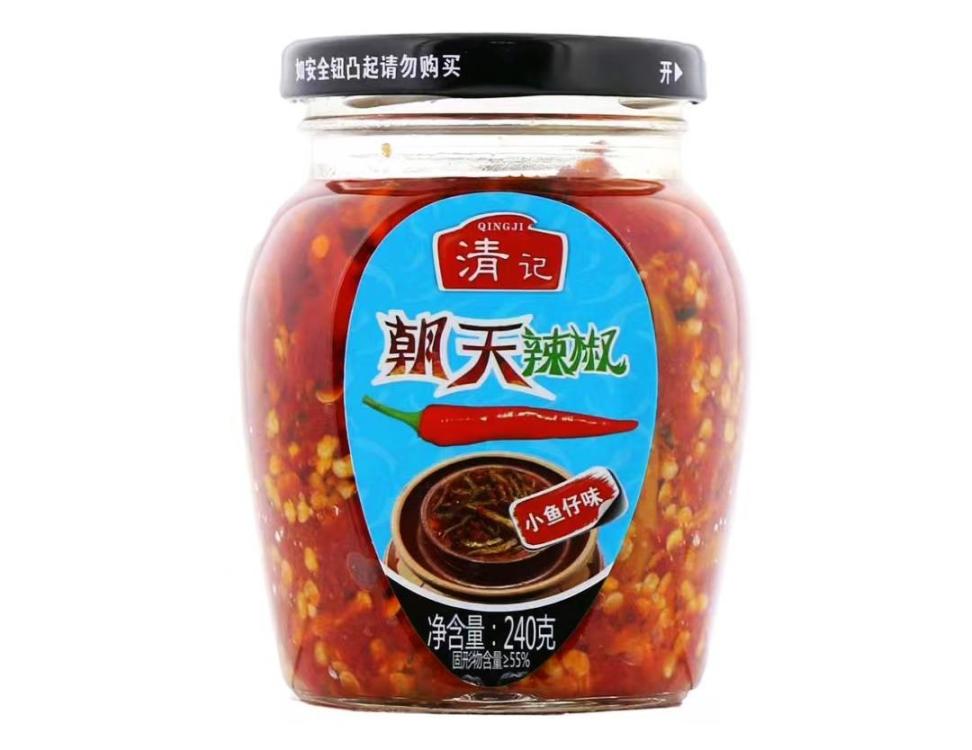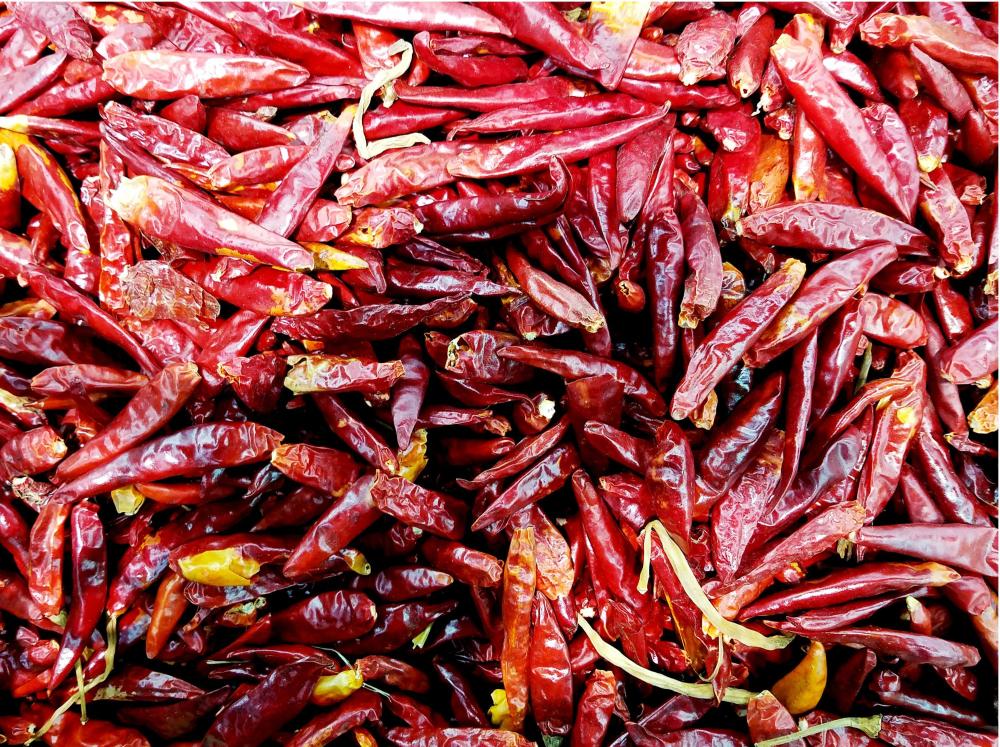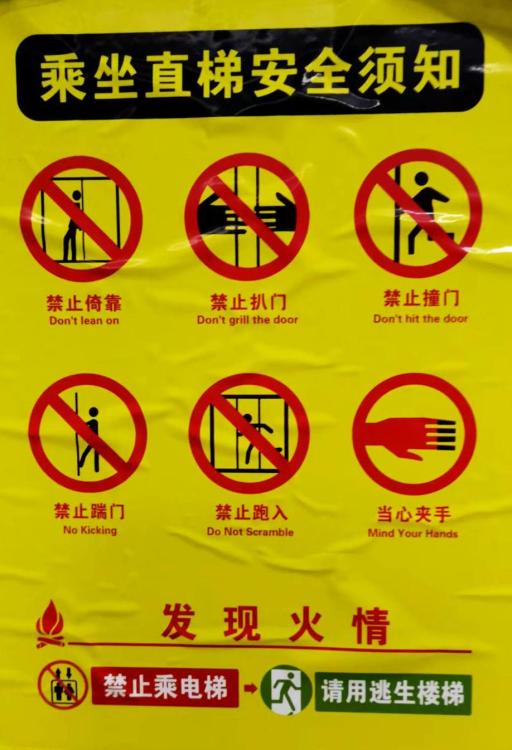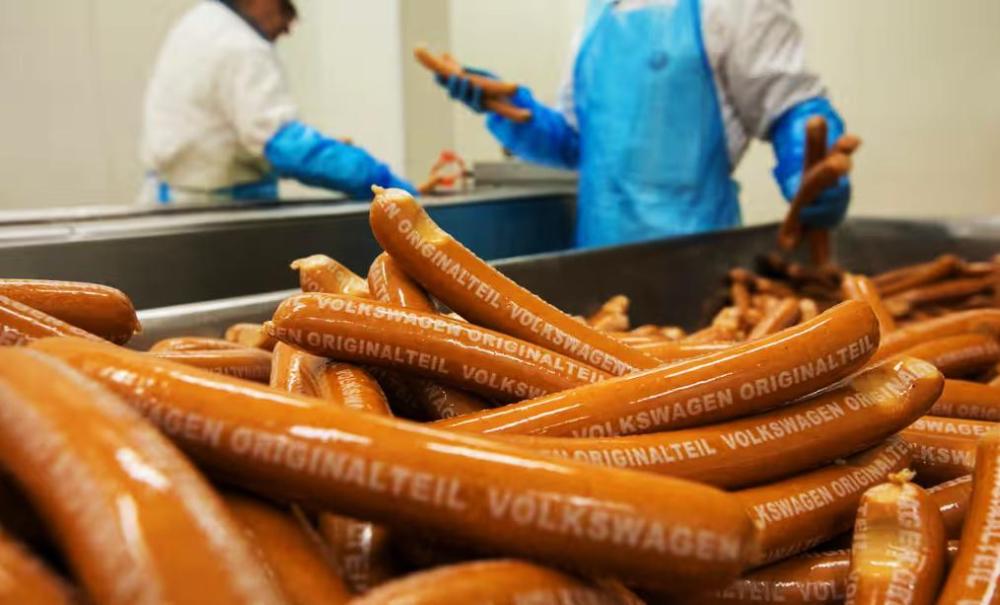-
Posts
16,725 -
Joined
-
Last visited
Content Type
Profiles
Forums
Store
Help Articles
Everything posted by liuzhou
-
As a quick postscript to the 虾皮 post above, here is 50 grams of the critters. As you can see a little is a lot, especially when you consider we maybe use a tablespoon at most in a dish; usually a lot less. These cost me 78 cents USD today.
-
Today was busy. Very busy. Too lazy and tired to cook so picked up a takeout meal from a “Thai” place near my home. Their description (translated from Chinese): a) Pineapple and crab fried rice. b) Thai garlic ribs. c) Stir fried cabbage. d) Tom Yum Soup My description (translated from reality): a) Fried rice with one small piece of fake crab (surimi) and two dried shrimp. b) Flavourless ribs with zero garlic or Thai flavours. c) Unseasoned watery cabbage. d) Inedible mud. Never again.
-
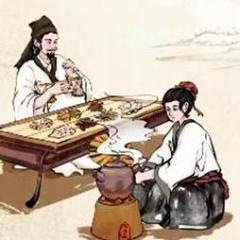
A pictorial guide to Chinese cooking ingredients
liuzhou replied to a topic in China: Cooking & Baking
I’ve often mumped and moaned about the lack of culinary spices in China. They have thousands of herbs and spices in TCM to simultaneously purge your tubes while curing your cancer and syphilis and making you more intelligent, but for your dinner, forget it. So, I was pleasantly surprised today to find this. 多香果 (duō xiāng guǒ), Pimenta dioica, allspice. Of course, as I’m sure everyone knows, this is native to the Caribbean (especially Jamaica) and Mexico, but it has been introduced around the world, including Yunnan province, here. The Chinese name literally means 'many spices'. Also known as Jamaica pepper, myrtle pepper, pimenta, or pimento, this was named allspice in English in the 17th century, as it was considered a spice that combined the flavours of cinnamon, nutmeg, and clove. So, expect some Jamaican food from China in the near future! What the locals might do with it, I have no idea. So-called Japanese allspice, actually from China where it is 蜡梅属 (là méi shǔ), Chimonanthus fragrans is completely unrelated. It is an early-flowering shrub introduced to Japan from China in 1766. -
酸笋黄豆焖河边鱼仔 (suān sǔn huáng dòu mèn hé biān yú zǐ), pickled bamboo, soy bean, rice paddy fish. Served with rice.
-
I'm putting this here as I don't want to get off topic in the food forums, but all the conversation about Diamond Crystal salt made me wonder if it's available here, so I searched the largest Chinese national online shopping portal. The results were very interesting and very salty. Lots of images of rather buxom young ladies in their smaller sisters' bikinis. Nothing I'd want to put in my dinner, though.
-
Although, the majority of shrimp / prawns available here are seawater species, which are easier to farm, we do also get freshwater types. Most popular, I guess, are 罗氏虾 (luó shì xiā), Litopenaeus vannamei, Roche shrimp, also sometimes known as Malaysian shrimp, despite being native to Ecuador. They have been introduced widely throughout SE Asia and down to Australia. In fact, they are euryhaline, meaning they are just as happy in either fresh or seawater (which leads them to being called Pacific white shrimp in places. Here, they are mainly freshwater. These are the largest shrimp able to tolerate a freshwater environment, reaching up to 40 cm in length, although more often retailed at between 11- 17 cm. They are brownish-blue in colour, thin shelled and their heads take up more of the bulk of than those of regular shrimp. They are also meatier than strictly sea shrimp. Usually sold live, they are around $10 to $12 USD for 500g / 1.1lbs. Serving suggestion:
-
If it's any consolation, donkey tail is even more expensive!
-
Image from Meituan online shopping app, China Recent mentions in the Dinner 2025 topic regarding oxtail pricing has got me thinking. I had a look at the price here (I haven’t bought any for a while). Given the relative purchasing power of the relevant currencies, it is actually more expensive here than in N. America, but then not so much cattle here. But that is not my main point here. I have developed an untested, but I believe plausible, theory for oxtail being relatively expensive. In the past, it was considered poor people’s food and when even available, was cheap. In the 2000s, celebrity chefs such as Heston Blumenthal began to use cheap cuts more and they became a sort of fashion, driving up prices of many previously shunned foods. Also, each animal only has one tail! And that tail doesn’t provide a lot of food compared to the rest of the beast, again adding a scarcity premium to the costing. Heston Blumenthal Recipe: The twist in the tail | Life and style | The Guardian
-
I love black garlic and am never without it. I get it both from regular multi-cloved garlic and from the local single head garlic. I use it mostly simply as a replacement for regular garlic but particularly like it with pasta. I add it to pesto, too. And I consider my black garlic risotto to be a winner. You can mash it into mayo and use that as you prefer. But a personal favourite is this stir fried chicken with black garlic, here served with orzo. When I had a second home in the countryside, I used to blacken garlic myself, but my neighbours in the city wouldn't thank me for trying that here, so now I buy it from the store.
-
Haha. ‘螺蛳 (luó sī) means the type of snail used in the dish, literally 'spiral (river) snail'. Powder here is the mistranslation. 粉 (fěn) can mean 'powder' but here is an abbreviation for 米粉 (mǐ fěn) which means 'rice flour', which is used to mean that the noodles are made from that. A correct non-literal but pragmatic translation of luosifen would be 'spiral river snail rice noodles'.
-
A journalist friend sent me this today. A list of the top 100 selling agricultural products in China. No. 4 is luosifen. It is also the no. 1 non-tea product. Here is the top 37. I've used my phone's translation app to show you an approximation of the English meaning. It mistranslates luosifen though (as always). Also for some reason it often fails to translate 茶 at all. That is 'tea'. Clearly some translations are gibberish. If you really want to know any, let me know and I'll see if I can do better. No. 24 is Pomelo Peel; not Agent Orange, the toxic herbicide notoriously used in by the US military in Vietnam as a defoliant in the 60s!.
-
This ad simultaneously amused and baffled me. It reads (top right) I ordered fried chicken A shop that specializes in fried chicken then Orleans Chicken CALLED A CODFISH BURGER Did I buy some? Don't be ridiculous!
-
Due those incorrigible enablers, @C. sapidus and @Smithy 😂, I found myself splashing out on a six-pack of the black stuff. Guinness is barely known here and, outside of Beijing and Shanghai impossible to find on draught. Not even much there. Hong Kong is a much better bet. All I can get here is the canned, low 4.2 ABV version, imported from Dublin. Still. Better than no Guinness. It costs around $1 USD per can which isn't bad but twice the price of local beers. It's not very clear, but so little-known is it, they feel the need to give instructions on the can on how to chill it, pour it and drink it! Those I don't need!
-
This, I didn't cook. A friend, a Sichuanese chef did. This is what 宫保鸡丁 (gōng bǎo jī dīng) looks like in his home village. What it looks like in Sichuan. That is what America knows as Kung Po Chicken, but China doesn't.
-
I guess it depends how much you like Guinness cake! I'd rather drink it! 😂
-
That depends on which version of Guinness you buy and where. Guinness Foreign Extra Stout is up to 7.5% ABV.
-
虾干 (xiā gān) Dried shrimp is hugely popular here. Added to soups, stews, hotpots, congee, stir fries etc for its umami as much as for shrimp flavour. They come in various sizes. From smallest to largest: 1) Tiny. First up are the smallest. These are known as 虾皮 (xiā pí) which literally means 'shrimp skin'. They are about about the size of an uncooked long rice grain. 虾皮 These are the most used (and the cheapest at around $1 USD for a 50g bag - a little goes a long way). Used like a condiment or seasoning. I often sprinkle them on my congee. 2) Small shrimp, sometimes called 虾米 (xiā mǐ), literally 'shrimp rice', but the 米 (mǐ) character also often refers to other grains. Most often used in soups and hotpots. Only slightly more expensive the previous type. Around $1.50 / 50g. Small 3) Medium. From here up, they are simply known as 虾干 (xiā gān), dried shrimp and get pricier. These were $3 / 50g. 4) Large. I can't put a price on these as they vary so much - by type, size and age. The older ones are considered superior - I'm not sure why. I've never detected any difference. Those pictured below, I bought several years ago and forget the price, but I remember they weren't cheap! The red ones are the most expensive. Next time I see them I'll update. Large 5) You'll notice that all the above are shell on. These are the most common but dried shelled medium and large shrimp are also available. I never go there. Much of the umami is in shells.
-
海陆空炒饭 (hǎi lù kòng chǎo fàn), Sea, land, air, fried rice. A sort of elevated Chinese surf and turf. Shrimp, ham, chicken (not that chicken are known for their aerial expertise)
-
🦐 Although I almost always buy live prawns and shrimps, frozen specimens are available from the supermarkets and online outlets. The number of times I’ve bought them could be counted on the fingers a mutilated hand. To save typing, I’ll call them all shrimp although some are taxonomically prawns. No source is ever indicated for these, although I know there are several aquaculture endeavours in the south of Guangxi. The come in all forms. 虾仁 (xiā rén) means ‘peeled shrimp’ or ‘shrimp meat’. They may or may not be deveined. I find them mealy and tasteless. And more expensive for the privilege! Prices seem set at random and vary widely so this time, I'm not giving any prices. Frozen unpeeled shrimp are also available, including red Argentinians at a price, but more commonly regular coloured and sized shrimp. These are only found in supermarkets and even then, not often. People like live! As well as regular unpeeled shrimp, I also 红虾仁 (hóng xiā), which are ‘red shrimp’. As ever I have no idea exactly what variety these are. They are not the red Argentinian or Red Royal types, but regular sized local varieties of which there are more than a few. I don't recall seeing these sold peeled. The worst shrimp I ever ate was these – I only bought them because I had no idea what they were. I found out. Garbage!
-
I cooked and ate this at lunchtime, so I guess it must be lunch. I'd had a large breakfast and wasn't that hungry, so... "Moroccan*" sausages and black boletes. Whole grain Dijon mustard. Served with bread and butter. * Made in China to a Moroccan recipe - allegedly. Actually, rather good.
-
砂锅北海沙虫粥 (shā guō běi hǎi shā chóng zhōu), sandpot Beihai sand worm congee. The worms are harvested from the beaches of Beihai in southern Guangxi at dawn. Famous local delicacy.
-
I came upon a new one to me today. 朝天椒 (cháo tiān jiāo), facing heaven heaven peppers are well known to me; in fact my go to. Mostly found in Sichuan, they are a staple there. So-called because they grow pointing upwards, unlike most peppers. They are also sometimes known as 指天椒 (zhǐ tiān jiāo), pointing to heaven peppers. They are normally used dry butt also available fresh. Here today, I found them in a sauce form. Not sure I'll use it much, but a handy back up for emergencies.
-
It also advises against scrambling. This I also agree with. The price of eggs these days!
-
Although I never do it myself due to it being frowned upon in apartment buildings, I do like a bit of grilled food. This is a sign in one of the elevators in my aforementioned apartment building. Among other useful tips and safety advice, it recommends not grilling doors. I heartily agree. Much better long and slowly braised I find. With soy sauce and ginger, of course. And a chilli dip. Why they are giving cooking lessons in elevators baffles me. The Chinese reads 禁止扒门 (jìn zhǐ bā mén) which means "Grasping the doors forbidden".
-
It seems that German automobile manufacturer Volkswagon is struggling to sell its vehicles. However they are experiencing a boom in sales of one product with over 8 million sales a year. Perhaps surprisingly, the product, part number 199 398 500 A is not a vehicle or a vehicle part, but a sausage, specifically a currywurst. These are individually branded and sold in VW factory canteens and by local butchers, Photograph: Bloomberg/Getty Images Can't stand the things myself. The cars are OK-ish. Volkswagen enjoys surprise bestseller amid financial woes: the VW currywurst | Germany | The Guardian









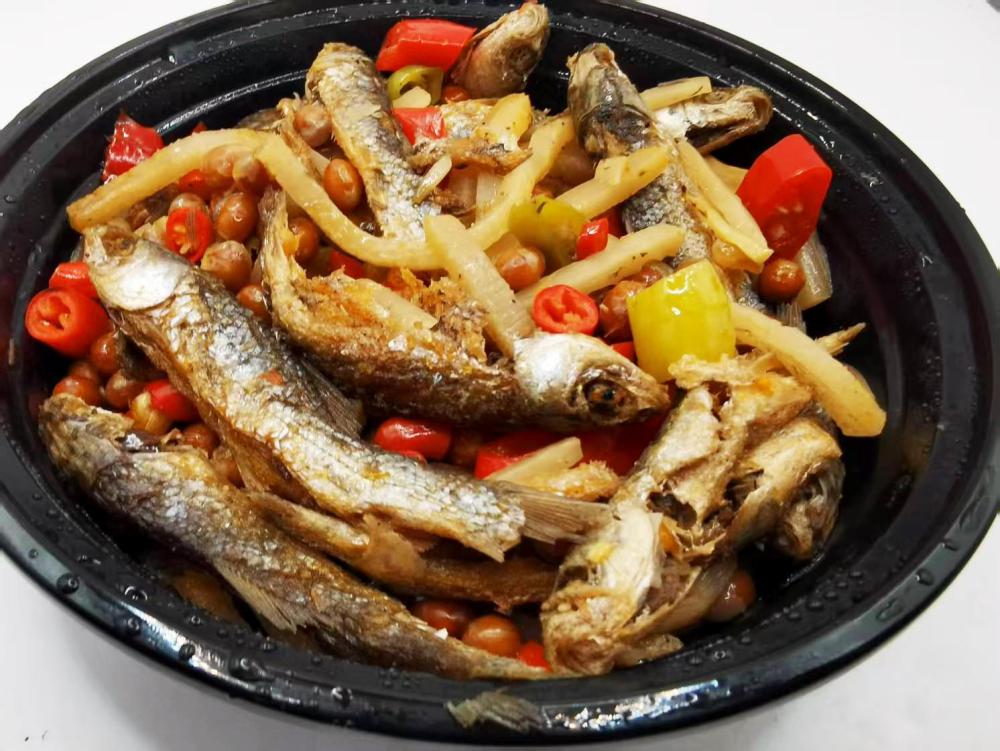
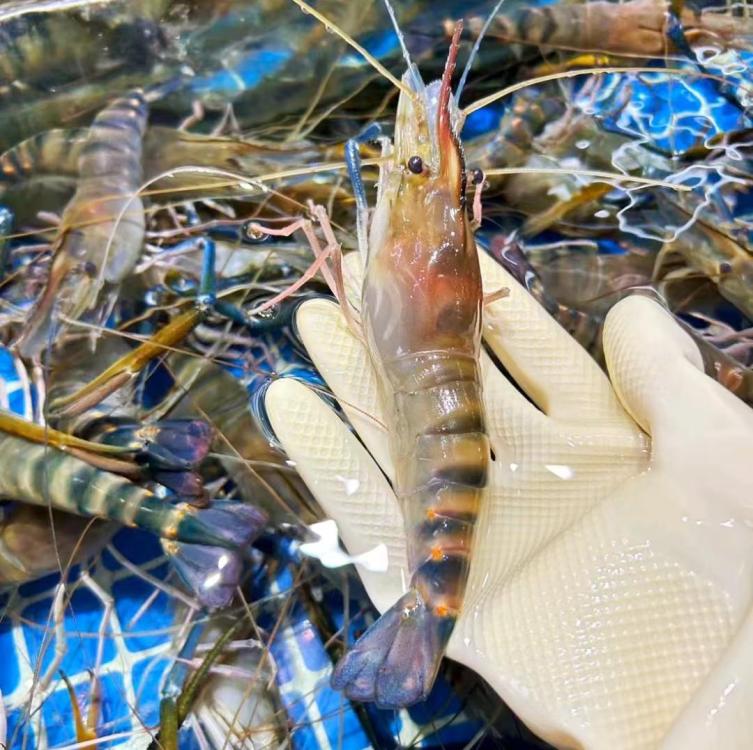

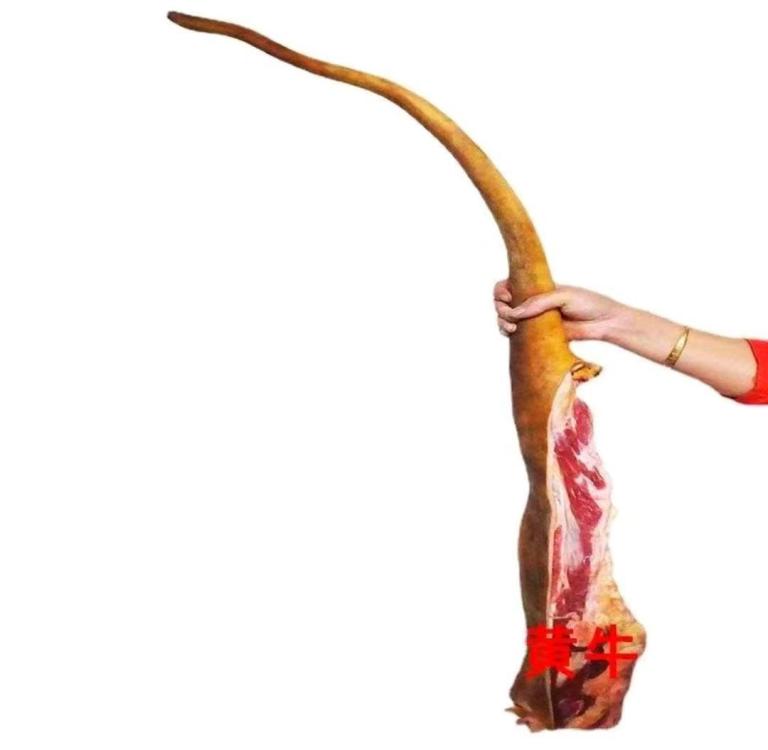
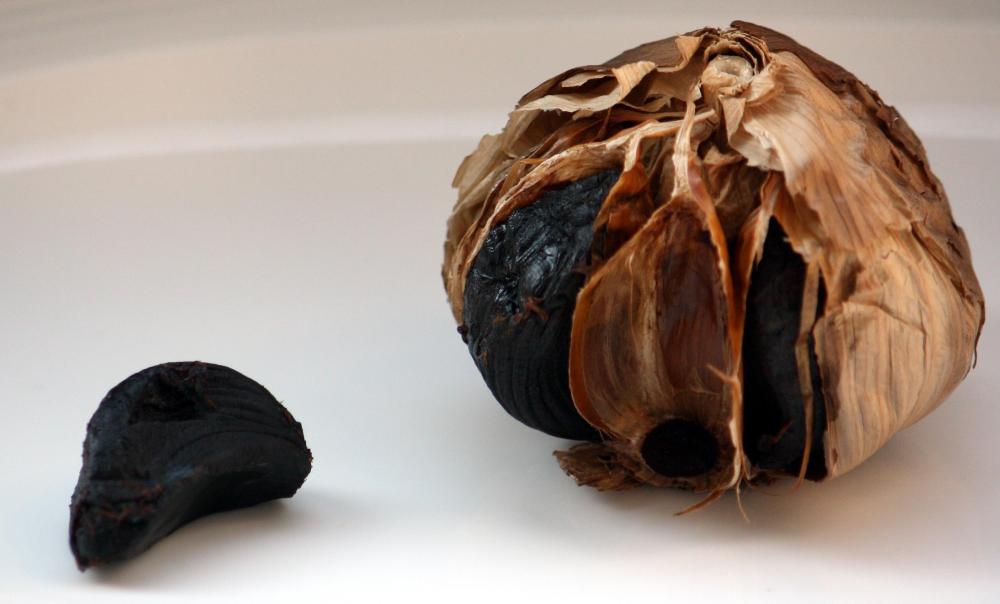
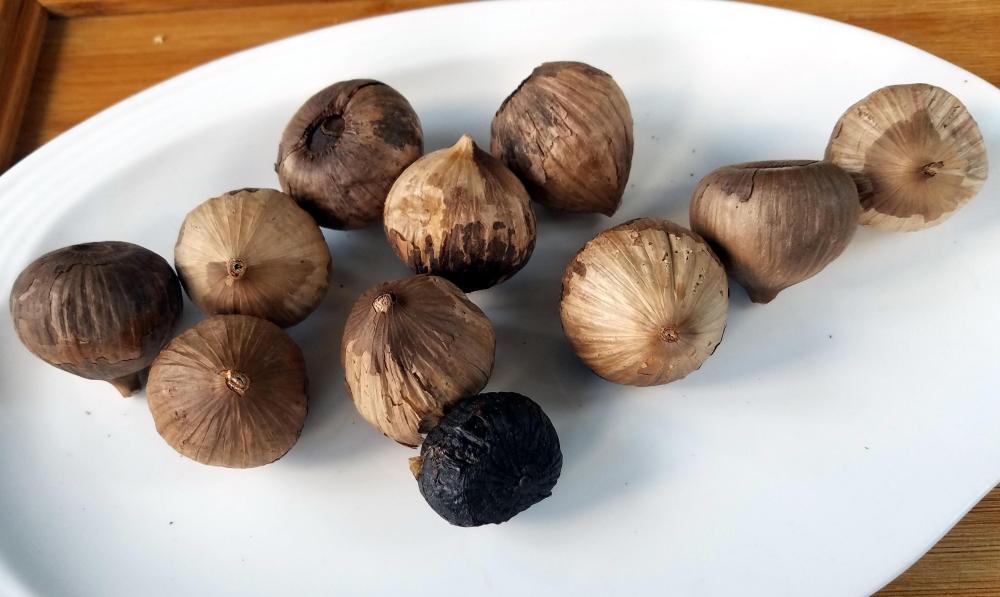
.thumb.jpg.d75c4cc5a3250197728b128110fec229.jpg)


